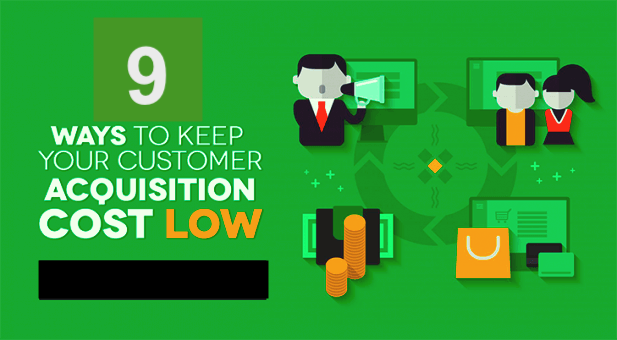Like any metric, CAC is a lever that businesses can adjust to help them meet their goals and get insights into the effectiveness of different sales and marketing strategies. CAC is also a key metric used by revenue leaders to gain deeper insight into the drivers of their business model and is particularly relevant for high-growth companies to scale.
Let’s dive in and take a look at the two key reasons why measuring CAC is important for your business.
- Simplify decision making and improve ROI
In its simplest form, CAC tells us how much it costs us to attract new customers but if we take a closer look we see that it also provides a mechanism by which to simplify our decision-making process.
Understanding the cost to acquire new customers is crucial to analyzing marketing return on investment. For example, for the sake of simplicity, consider a company that uses two channels to acquire customers: social media and social events and finds that it acquires 20 customers each from both in a period of 2 weeks.

As the company is getting the same number of conversions from both channels, you are likely to conclude both channels are equally effective, however this may not be the case.
CAC is an effective metric here to assess which of the two channels are giving you the lowest acquisition cost.
Let us look at the data in more detail.

Data from marketing and sales shows that social events are more costly, perhaps due to catering/ sound/music and overhead costs. Due to this, social events in this case are an extremely expensive way to acquire customers.
A company presented with this data may be in a better position to decide that social media is a better channel to spend on to acquire more customers.
- Improving profitability and profit margin
A business that understands its CAC has the ability to fully analyze the value per customer and improve its profit margins. For example, assume that the value of each customer to a business is $60.
Relating it to the example above, which channel would you choose to use? A business that does not understand CAC would adversely affect profitability by choosing to use Social Events as a channel. On the other hand, the channels Social Media would improve profitability for the company as the CAC is lower than the value per customer.


